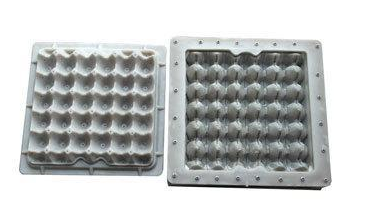Commercial Poultry Cages - High-Quality Solutions for Poultry Farming
Sep . 05, 2024 21:17 Back to list
Commercial Poultry Cages - High-Quality Solutions for Poultry Farming
The Importance of Commercial Poultry Cages in Modern Farming
In recent years, the poultry industry has witnessed significant advancements in technology and farming practices. Among these innovations, commercial poultry cages have emerged as a crucial element in enhancing productivity and ensuring the welfare of birds. These cages are designed to provide a controlled environment that optimizes space, feeds, and overall bird management, making them indispensable in modern poultry farming.
Commercial poultry cages are specifically engineered to accommodate large numbers of birds in a compact area. This efficient use of space is vital for increasing production while minimizing land use. In a world where agricultural resources are becoming increasingly scarce, these cages allow farmers to maximize their output without the need for additional land. With the capacity to house hens comfortably, these cages enable poultry operations to produce more eggs, meeting the ever-growing demand from consumers.
Another significant advantage of commercial poultry cages is the ease of management they provide
. These systems facilitate streamlined feeding and watering processes, reducing labor costs and ensuring that each bird receives adequate nutrition. Automated systems can be integrated into these cages, allowing for precise control over feed and water availability, which helps maintain the birds' health and productivity. Moreover, monitoring systems can ensure optimal environmental conditions such as temperature and airflow, further enhancing the living conditions for the birds.commercial poultry cages

Animal welfare is a pressing concern in the poultry industry, and the design of modern commercial cages addresses this issue. Unlike traditional systems, which often subject birds to overcrowding and stress, today's commercial cages prioritize the well-being of the birds. Many new designs incorporate features that allow for natural behaviors, such as nesting and perching. Additionally, regulations regarding space requirements ensure that birds have ample room to move comfortably, leading to healthier, happier flocks.
Moreover, commercial poultry cages facilitate enhanced biosecurity measures. By keeping birds isolated from each other, the spread of diseases can be minimized. This containment is crucial in protecting flocks from outbreaks, which can be devastating to both the animals and the financial stability of poultry farms. By implementing good biosecurity practices, poultry producers can safeguard their operations while ensuring food safety for consumers.
In conclusion, commercial poultry cages play an essential role in the modern poultry industry, contributing to increased efficiency, reduced labor costs, and improved animal welfare. As the demand for poultry products continues to rise, these systems will be vital in ensuring sustainability and productivity in farming operations. By adopting advanced cage technologies, poultry producers can not only meet market needs but also promote responsible farming practices.
-
Automatic Feeding Line System-Pan Feeder Nipple Drinker|Anping County Yize Metal Products Co., Ltd.
NewsJul.29,2025
-
Hot Sale 24 & 18 Door Rabbit Cages - Premium Breeding Solutions
NewsJul.25,2025
-
Automatic Feeding Line System Pan Feeder Nipple Drinker - Anping County Yize Metal Products Co., Ltd.
NewsJul.21,2025
-
Automatic Feeding Line System Pan Feeder Nipple Drinker - Anping County Yize Metal Products Co., Ltd.
NewsJul.21,2025
-
Automatic Feeding Line System - Anping Yize | Precision & Nipple
NewsJul.21,2025
-
Automatic Feeding Line System - Anping Yize | Precision & Nipple
NewsJul.21,2025






